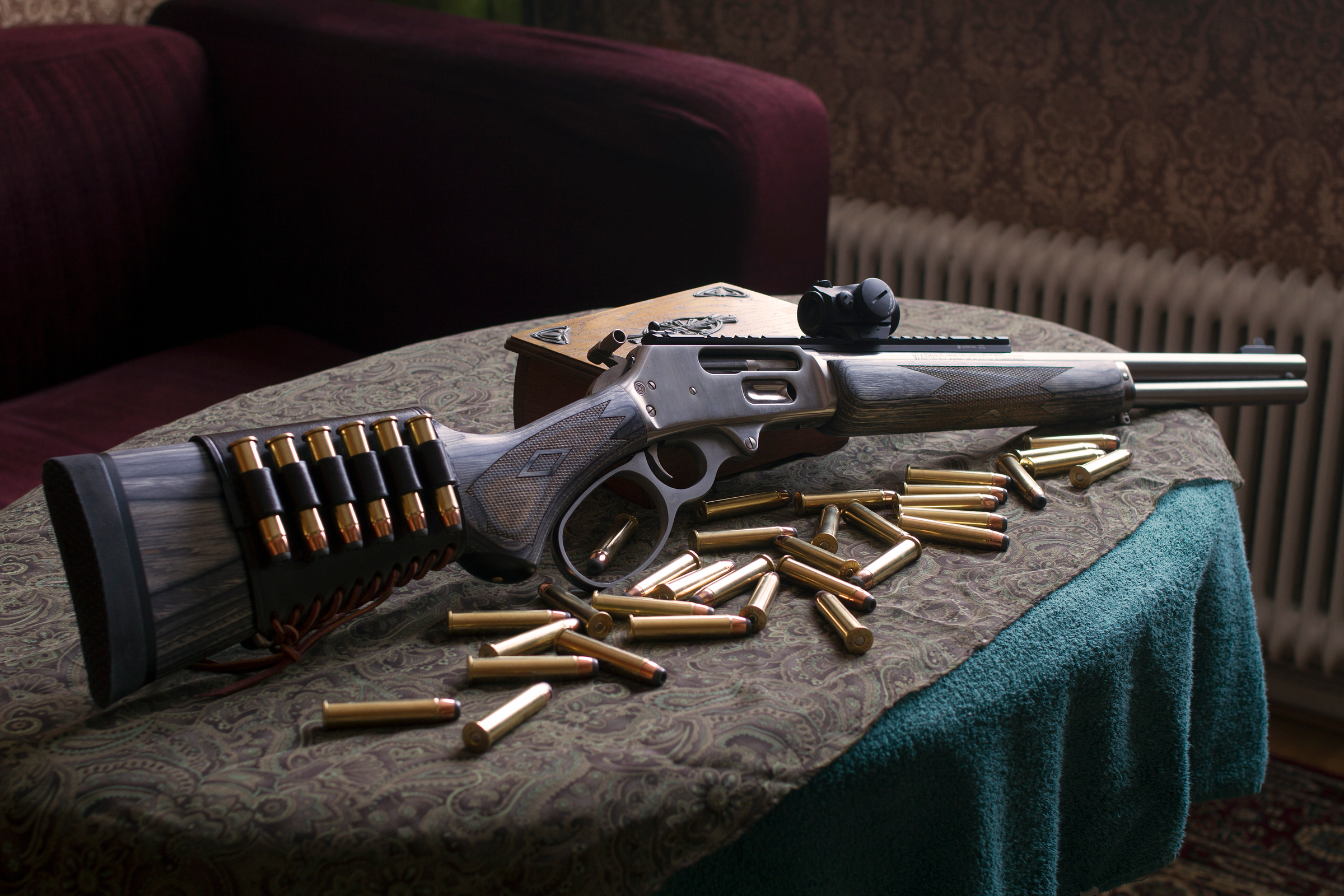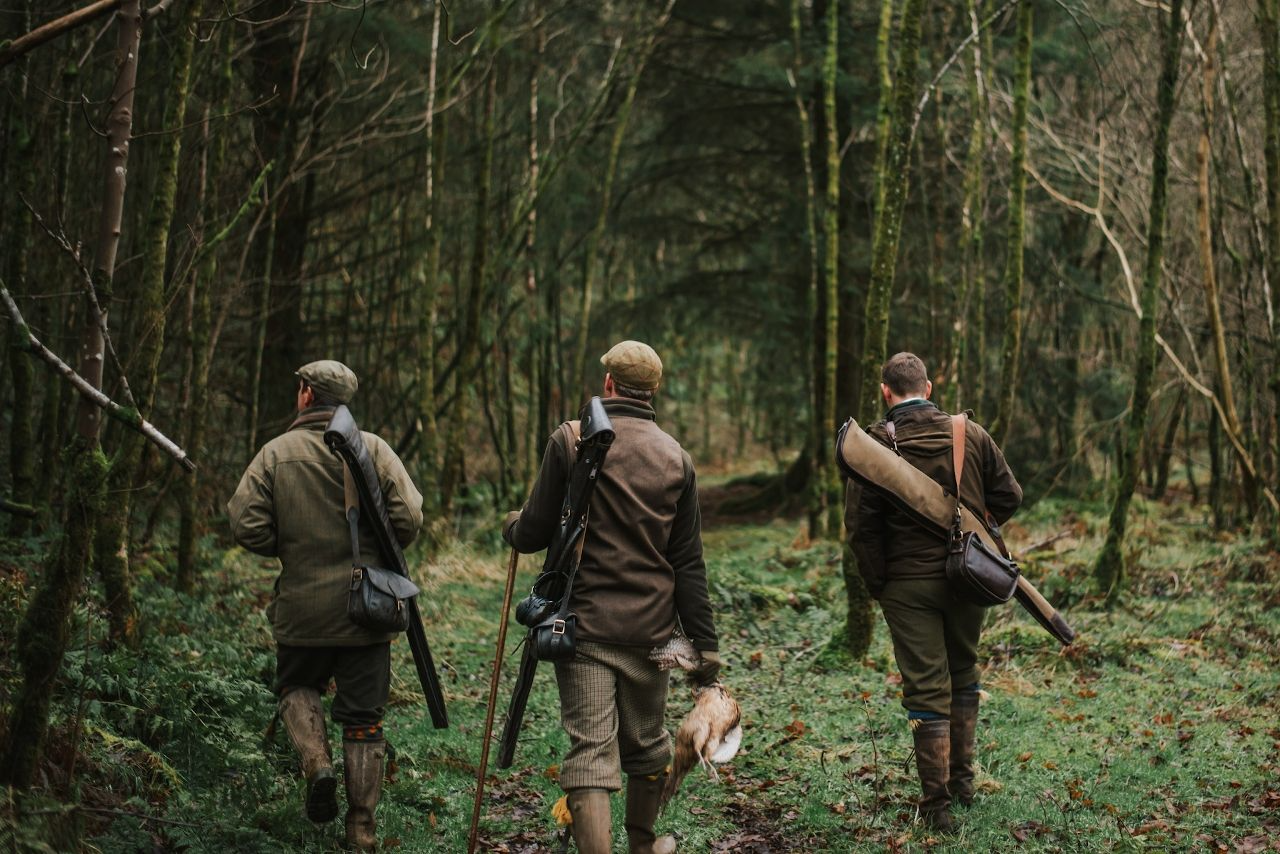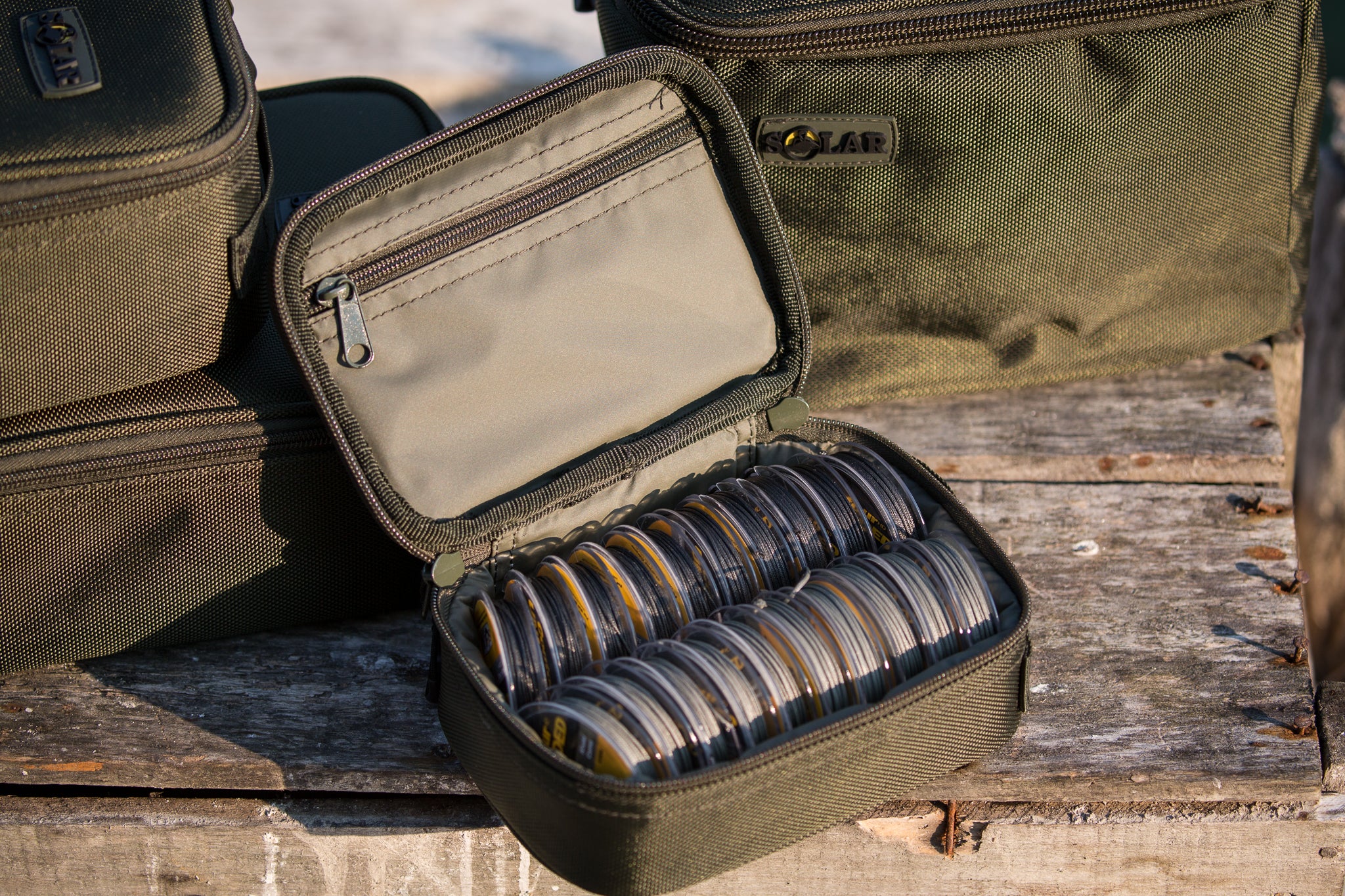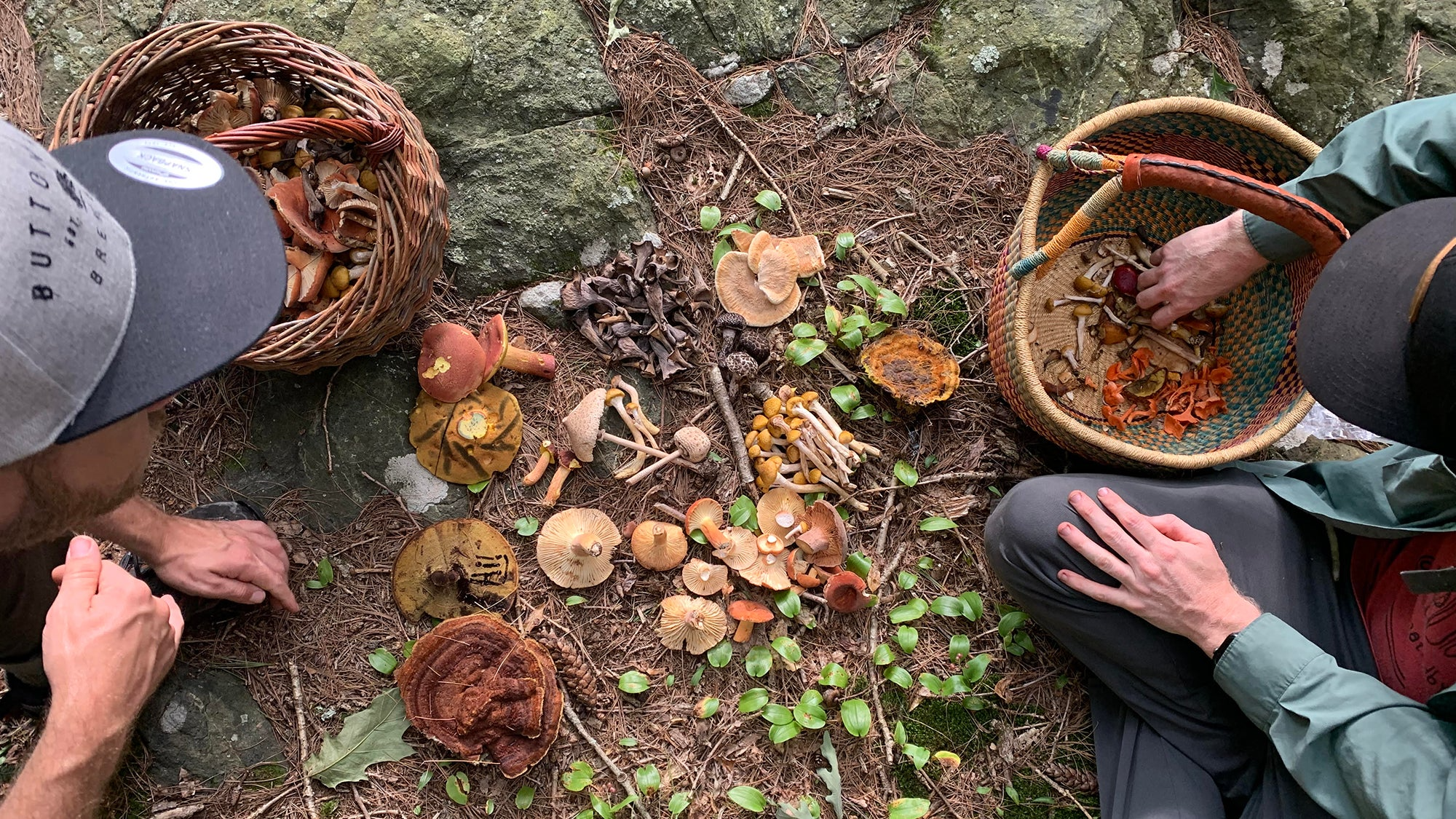How to Start Mushroom Hunting: A Beginner’s Guide to Foraging Safely?
Mushroom hunting — or foraging — is one of the most rewarding ways to connect with nature. It’s peaceful, educational, and offers the thrill of discovery. But if you’re new to it, safety and knowledge are essential. Choosing the right equipment, understanding the environment, and learning to identify species can make all the difference between a wonderful adventure and a risky mistake.
Here’s your beginner’s guide to mushroom hunting safely and confidently.
How to Start Mushroom Hunting: A Beginner’s Guide to Foraging Safely?
1. Learn Before You Go
Before heading into the woods, spend time studying local mushrooms. Use regional field guides, join a mycology club, or take an online identification course.
Learn to recognize:
-
Edible mushrooms (like chanterelles, porcini, or oyster mushrooms)
-
Toxic lookalikes that can be dangerous
-
The habitats and seasons where each species grows
Tip: Never eat a mushroom unless you’re 100% sure of its identity. Even experienced foragers rely on multiple resources to confirm a find.

2. Get the Right Foraging Gear
Proper equipment keeps you comfortable and your harvest fresh. Every beginner should have:
-
A basket or mesh foraging bag — allows mushrooms to breathe and release spores
-
A small knife for clean cuts at the stem
-
Comfortable waterproof shoes — mushroom hunting often involves damp terrain
-
A walking stick or cane for balance and checking undergrowth
Having ventilated, ergonomic gear makes long walks easier and prevents your mushrooms from spoiling before you get home.
3. Know Where and When to Hunt
Mushrooms thrive in moist environments, especially after rainfall. Look for:
-
Forests with oak, birch, or pine
-
Mossy areas, fallen logs, and shaded hillsides
Morning is the best time to forage — the air is cool, and mushrooms are fresher. Also, always check local regulations before collecting, as some parks or reserves restrict foraging.

4. Forage Responsibly
Sustainable foraging helps protect nature for future generations.
-
Only take mature mushrooms, leaving small or young ones to grow.
-
Use a knife rather than pulling from the ground to preserve the mycelium (the underground root system).
-
Carry mushrooms in a basket, not a plastic bag — it prevents moisture buildup and rot.
Respecting the forest ensures mushrooms keep returning season after season.
5. Verify Before Consuming
Once home, double-check your finds using a trusted guide or app. Better yet, ask a local expert or mycologist to confirm. Even a small mistake can be harmful, so patience is key.
Cooking mushrooms thoroughly also helps neutralize mild toxins and improves flavor.
6. Enjoy the Experience, Not Just the Harvest
Foraging is about more than collecting food — it’s about mindfulness, exploration, and respect for nature. Take your time to observe the forest, learn the patterns of growth, and appreciate the beauty of every discovery.
Mushroom hunting becomes truly fulfilling when it’s not just about what you find — but about the calm and curiosity it inspires.
Conclusion
Starting your mushroom hunting journey can be both exciting and safe when done thoughtfully. With the right knowledge, tools, and respect for nature, you’ll soon find yourself drawn into a world where patience meets reward.
Remember: every great forager started with one simple step — curiosity. Equip yourself, stay cautious, and let the forest teach you its secrets.























